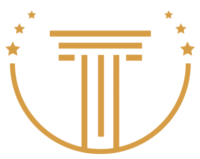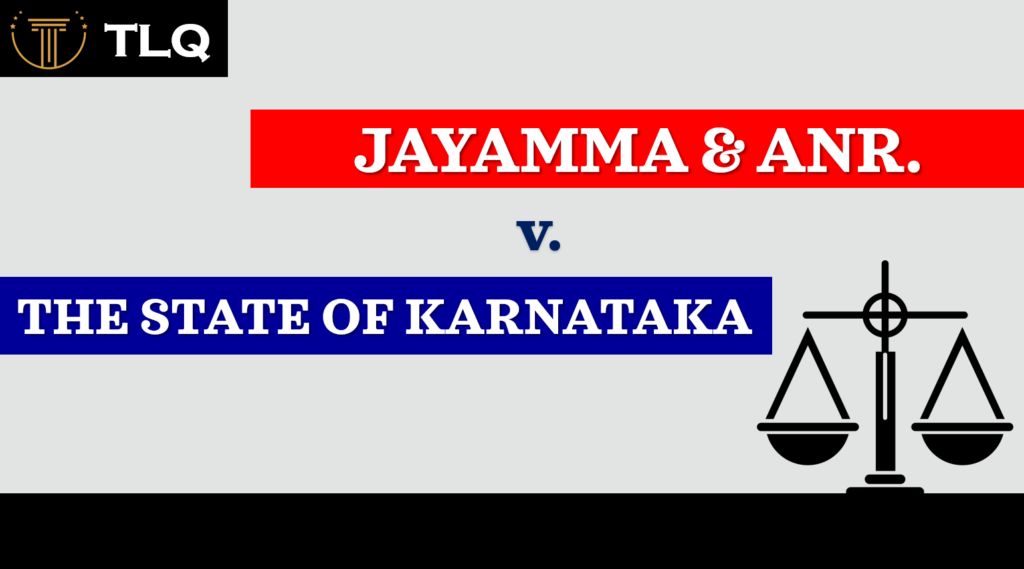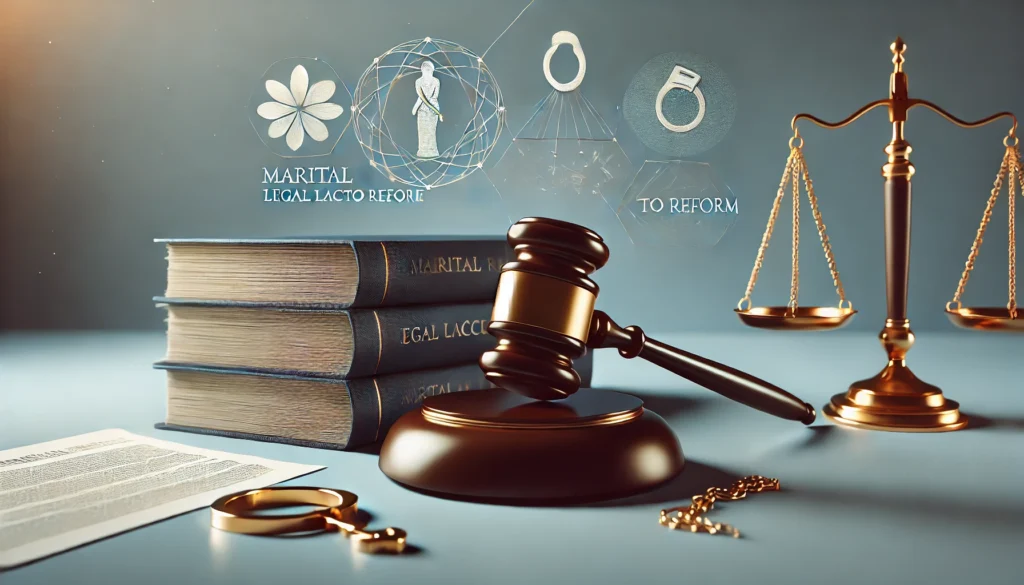Published on 08th June 2025
Authored By: Anshika Machhiwal
ICFAI Law School, IFHE Hyderabad
INDEX OF AUTHORITIES
STATUTES:
|
S.NO. |
NAME |
|
1. |
The Constitution of India |
|
2. |
The Information Technology Act, 2000 |
|
3. |
The Information Technology (Intermediary Guidelines and Digital Media Ethics Code), Rules, 2021 |
|
4. |
The Digital Personal Data Protection Act, 2023 (DPDP) |
|
5. |
The Digital Services Act (DSA) |
|
6. |
Communications Decency Act (CDA) |
CASE LAWS:
|
S.NO. |
NAME |
|
1. |
Shreya Singhal vs. Union of India (2015) 5 SCC 1 (SC) |
|
2. |
Justice KS Puttaswamy (Retd) vs Union of India (2017) 10 SCC 1 |
ABSTRACT
Social media have a revolutionary impact on communication. It empowers the individual with an unprecedented platform for expression, but with a dual-sword nature. On one side if it is providing an empowering expression and online global connection, on the other side, this digital freedom has also given rise to serious challenges. This article explores the balance between safeguarding the freedom of speech and ensures accountability on this global digital platform.
It explores the constitutional foundations of free expression, national and global approach aiming to regulate the same. It also includes the key judicial decisions focusing or attempting to reconcile this liberty with some legitimate and reasonable restrictions.
It concludes by emphasizing on the need for a rights-based regulatory model to protect both the individual freedoms and societal interests.
KEYWORDS
- Social media- It is an interactive online platform which facilitate users to create, share and aggregate content with virtual communities and networks. It helps in communication, information dissemination and community building.
- Global connection- It refers to the ability to connect people and relationships that connect countries and cultures, where people can exchange of data and information between different regions.
- global digital platform- It is an online infrastructure which facilitates interactions, transactions, and collaboration between users on a worldwide scale which is a central hub for activities like information sharing, content creation, business operations, etc.
- Free expression- It is a fundamental human right encompassing ability to share thoughts, opinions, and ideas without any undue interference, which includes speech, write, and other forms of communications. It includes freedom of speech of an individual, press, expression, criticize, challenge, and to remain silent.
- Reasonable restrictions- It refers to the non-arbitrary and rational limitations intending to achieve a balance between individual rights and public interest.
INTRODUCTION
Social media is the major revolution in the world of communication. It has just transformed and fundamentally changed the way people connect, share information, and interact to one another. It can be called as a complete new, transformed era to interact and engage in public disclosure. Platforms like X (formerly known as Twitter), Facebook, Instagram and WhatsApp have emerged as the powerful tools for mobilization, communication, interaction, activism and free expression.
However, like every other thing, it also carries dual-sword nature. On one side, if it can be said that it is a powerful tool to interact and communicate, then on the other side the same platforms also become breeding grounds for misinformation, online abuse and bullying, hate speech, and manipulation of public opinion which raises legal and ethical concerns.
This dual-sword nature of social media challenges both the national and international democracies for the effective regulation of this platform with sufficiently considering and not undermining the constitutional guarantee of freedom of speech and expression as provided under Article 19(1)(a) of the Constitution of India.[1]
There is a dire need and a legal necessity for striking a balance between digital freedom and platform accountability to use it freely and prevent its misuse which can lead to serious issues at both national or international level.
FREEDOM OF SPEECH IN DIGITAL AGE
The current period which is characterized by the widespread use and increasing availability of the digital technology which involves particularly the computers and internet for information access, communication and business can be called as digital age. This digital era, the totally interconnected world becomes the most influential platform in fundamentally transforming an individual’s manner for exercising their right to freedom of speech and expression. Social media have emerged as a powerful tool which allows individuals to share opinions, engage in public debate and mobilizing support for social and political causes.
Unlike the traditional media, it allows instant, borderless, widespread and also anonymous communication which makes every user a potential publisher. This unprecedented access to information and expression has significantly strengthened democratic values. It also enabled the marginalized voices to be heard which couldn’t reach at the right place at the right time due to the traditional media. Digital age fostered the real-time awareness of social and political issues so that attention can be drawn to the right thing and issue at the right time.
Online expression has also played a vital role in promoting activism, education, and innovation as it allows an easy access to people to carry forward and showcase their ideas in a more understandable and accessible manner where it can be circulated quickly and widely.
In essence. Digital platforms have democratized communication, making the right to free speech more accessible and impactful.
THE NEED FOR REGULATION AND THE CHALLENGES IN REGULATING SOCIAL MEDIA
The other side of its dual-sword nature comes into play when we talk about the challenges. This freedom also comes with some challenges like the spread of harmful content, hate speech, false narratives, misinformation, online abuse and bullying. As nowadays, societies are more reliant on this new technology and online platforms for information or interaction, it is the dire need for regulation of this freedom to be respected along with addressing its misuse, so that, the democratic right to free speech can be preserved.
However, alike social media, regulation social media also presents some of the complex challenges due the nature of the digital ecosystem. The major challenge or concern for its regulation is to strike and achieve a balance between safeguarding the right of free speech and freedom of speech and expression and curbing the harmful content. If on the one hand, overregulation risks censorship, suppress legitimate dissent and critical viewpoints, on the other hand its under regulation allows misinformation, hate speech, online abuse and bullying.
One of the primary concern is the violation of an individual’s right to privacy during tracing or monitoring the individual’s activity when required by law under any condition. And this highlighted the need of a regulatory framework which have to be transparent, proportionate, and respect rights.
LEGAL FRAMEWORK
- National Approach
Article 19(1)(a) of the Indian Constitution guarantees every citizen the right to freedom of speech and expression which includes the liberty to express opinions, disseminate information also in various forms of communication included print, broadcast and digital media. It also protects online speech and broadcasting in every form which allows an individual to present and voice their views, opinions or lawful criticism on public platform worldwide.[2]
However, this fundamental right is accompanied with some reasonable restrictions as provided in Article 19(2) to Article 19(6) of the Indian Constitution such as decency, morality, public order, defamation, etc. which takes away its absolute nature and providing it a balanced approach. [3]
The Information Technology Act, 2000, primarily governs Indian legal framework for regulating social media and to address the said challenges, the government also introduced The Information Technology (Intermediary Guidelines and Digital Media Ethics Code), Rules, 2021, which imposed obligations on social media platforms to establish the appropriate grievance redressal mechanisms, alert notifications for the removal of the unlawful content within specified timelines, and also to increase accountability and transparency. It also reflects an attempt to strike balance between the rights and disadvantages.[4] [5]
The Digital Personal Data Protection Act, 2023 (DPDP) is a framework which has evolved in response to the growing concerns over digital privacy and the misuse of personal data on social media platforms. It grants individuals rights while establishing safeguards against misuse.[6]
- Global approach
The regulation of social media evolves around three major themes that are platform accountability, user rights, and content moderation. These international frameworks work towards creating a balanced, right-based digital ecosystem which ensures and emphasize on the algorithmic transparency, data protection and the need for a multi-stakeholder governance. The global discourse prioritizes transparency, user empowerment and co-regulation whereas, the Indian model is still dealing with the balance between state control and the digital rights and freedom.
At the global level, The Digital Services Act (DSA) of European Union establishes a strong regulatory framework which emphasizes on the transparency, user rights, and platform accountability. Section 230 of the Communications Decency Act (CDA) of US strongly protects free speech even if it is offensive or controversial which provides immunity to online platforms from liability for third party content which promotes free expression but lead to concerns about unchecked harmful content. Whereas China follows a highly restrictive model with strict government control, surveillance and censorship, being curtailed under the guise of national security.[7] [8]
CASE LAWS AND INCIDENTS
- Shreya Singhal vs. Union of India (2015) 5 SCC 1 (SC)
Facts– This is a landmark judgement which arose the question regarding the constitutional validity of Section 66A of Information Technology Act, 2000, which has been used to arrest individuals for posting content online which was considered as ‘grossly offensive’. It arises when a law student and her friend were arrested without a clear justification for posting a comment that criticized a political shutdown where their comment was seen as offensive under the said provision. [9]
Judgement– The Supreme Court, in this case, struck down the said section on the grounds of being vague and overbroad which made it susceptible to misuse and held that it unconstitutional being in violation of Article 19(1)(a), emphasizing the need for a clearer and more precise law when restricting speech. [10]
- Justice KS Puttaswamy (Retd) vs Union of India (2017) 10 SCC 1
Facts– The case arose as a constitutional challenge to the Aadhar scheme where it is argued that the government’s collection of biometric data without sufficient safeguards violates the right to privacy. The question arises to determine whether privacy was a fundamental right under Indian Constitution.
Judgement– The Supreme court in this case unanimously held that the right to privacy is a fundamental right which is also protected under Article 21 of the Indian Constitution and also recognized that privacy in the digital age is not limited to physical space but also includes informational privacy of an individual. [11] [12]
- WhatsApp Privacy Policy Controversy (2021)
In 2021, when WhatsApp was owned by Meta, updated its privacy policy where users were required to consent for the sharing of their data Facebook and other group companies for the purpose of business and advertising. It sparked massive public backlash being violating their right to privacy and giving excessive control to a private corporation over personal data.
Multiple petitions were filed challenging it being violative of the right to privacy as established in Justice KS Puttaswamy (Retd) vs Union of India (2017). The Indian government also criticized WhatsApp’s policy as discriminatory and intrusive and issued a notice to the platform under the Information Technology Act, 2000 and rules 2021, asking to withdraw the same.
It resulted in the Competition Commission of India imposing a fine of Rs. 213.14 crore on Meta for abusing its dominant position in the over-the-top (OTT) messaging market and imposing unfair conditions on users and provided WhatsApp with a duration of three months to implement certain behavioral changes.
This incident highlights the conflict between platform autonomy and user rights indicating the necessity of regulation to ensure responsible corporate behavior and the demand for a comprehensive data protection law.
THE WAY FORWARD
As social media shape the public discourse continuously, path to achieve a balance regulatory framework between the constitutional freedoms, rights and accountability lies ahead. There is a need to uphold the rights-based approach that protects freedom of speech simultaneously addressing its misuse.
The strengthening and effective application of the existing laws and framework is essential for regulation in order to promote transparency, accountability and an effective grievance redressal mechanisms or systems across platforms, while collaborating with the government and civil society for the co-regulation without tipping into censorship or surveillance.
The practices which are being practiced globally also serve as the guiding frameworks and models to ensure the ethical governance, wherein, the awareness campaigns, digital literacy, and judicial oversight about the right of free speech and the right of privacy must also play a role in preserving its domestic values of the particular country.
The goal, ultimately in such cases, should be to provide a safe digital environment to the users so that it can empower them to explores its benefits, protects privacy of an individual and also in order to achieve these, deters online harm without compromising the fundamental rights, freedoms and principles of the free speech and expression, and open communication in every democratic society.
By adopting such abovementioned measures, even India, along with global nations, can build a safe digital environment where the balanced approach will be achieved which respects both the individuals’ rights and corporate responsibilities, which also ensures the prevention and protection of the users in the digital age from all the potential threats.
CONCLUSION
In this era where the social media brought a revolutionary change, which is also known as the digital era, where social media, being in its dual-sword nature has emerged as a catalyst for a democratic nation and also creates a battleground for harmful contents. On the one hand, it empowers the individuals by giving a worldwide social media network providing global connectivity, on the other hand, it possesses serious threats through misinformation, hate speech, privacy violations. The biggest challenge was to have a balanced approach which can respect rights and threats both. Indian legal frameworks along with the judicial pronouncements affirm the judiciary’s commitment to protecting rights and preventing threats while recognizing reasonable restrictions, thereby attempting to achieve a balanced framework.
In order to ensure the balance between the freedom of speech and individual responsibility, privacy is the must to be maintained. The laws should be strengthened to ensure transparent data collection practices and user consent. There is a need to establish clear content guidelines which allows the platforms to regulate the harmful content like misinformation, misuse and hate speech while respecting freedom of expression. The social media platforms should be made more accountable and be held more accountable for preventing these challenges with more strong and effective mechanisms. A balanced framework is essential to ensure responsible, transparent and accountable digital freedom.
REFERENCES
[1] Constitution of India, art 19(1)(a) https://indiankanoon.org/doc/1142233/
[2]Constitution of India, art 19(1)(a) https://indiankanoon.org/doc/1142233/
[3] Constitution of India, art 19 https://indiankanoon.org/doc/1218090/
[4] Information Technology Act 2000 https://indiankanoon.org/doc/1005792/
[5] Information Technology (Intermediary Guidelines and Digital Media Ethics Code) Rules 2021 https://indiankanoon.org/doc/111130067/
[6] Digital Personal Data Protection Act 2023 https://indiankanoon.org/doc/3510545/
[7] European Commission, Digital Services Act (DSA) overview (European Commission, 2024) https://commission.europa.eu/strategy-and-policy/priorities-2019-2024/europe-fit-digital-age/digital-services-act_en
[8] US Department of Justice, The Department of Justice’s Review of Section 230 of the Communications Decency Act of 1996 (2020) https://www.justice.gov/archives/ag/department-justice-s-review-section-230-communications-decency-act-1996
[9] Information Technology Act 2000, s 66A https://indiankanoon.org/doc/10190353/
[10] Shreya Singhal v Union of India (2015) 5 SCC 1 https://indiankanoon.org/doc/110813550/
[11] Justice K S Puttaswamy (Retd) v Union of India (2017) 10 SCC 1 https://indiankanoon.org/doc/127517806/
[12] Constitution of India 1950, art 21 https://indiankanoon.org/doc/1199182/



